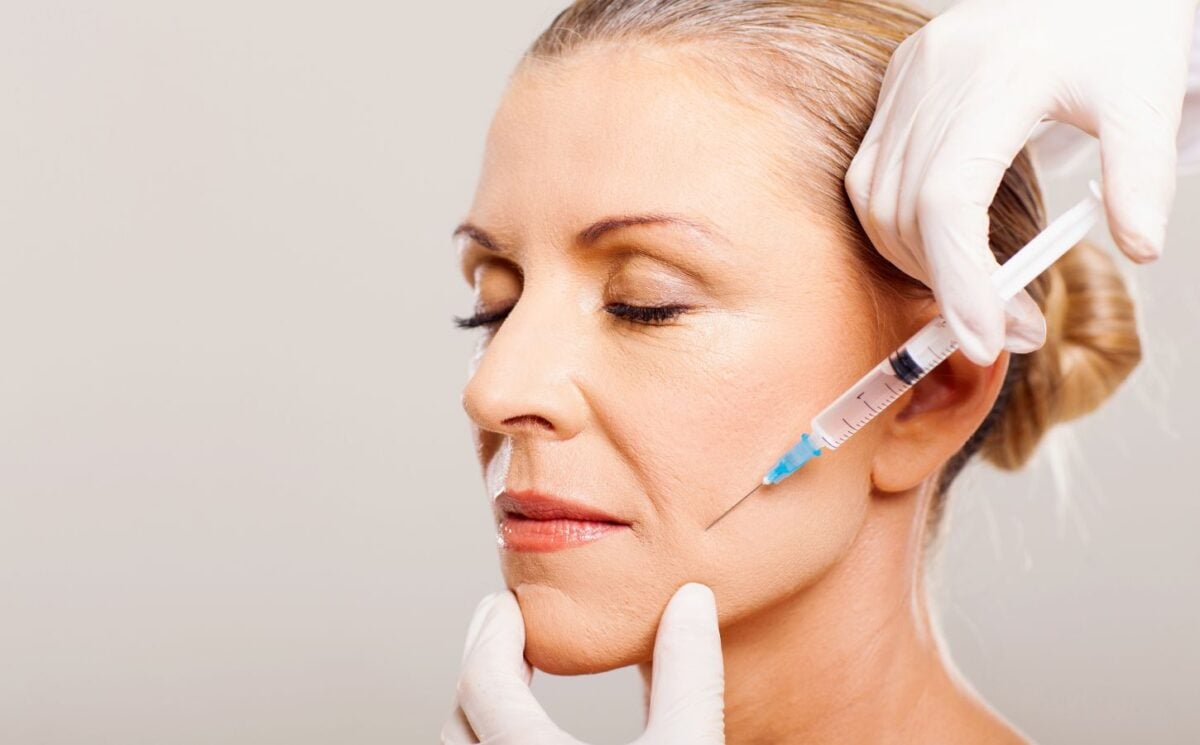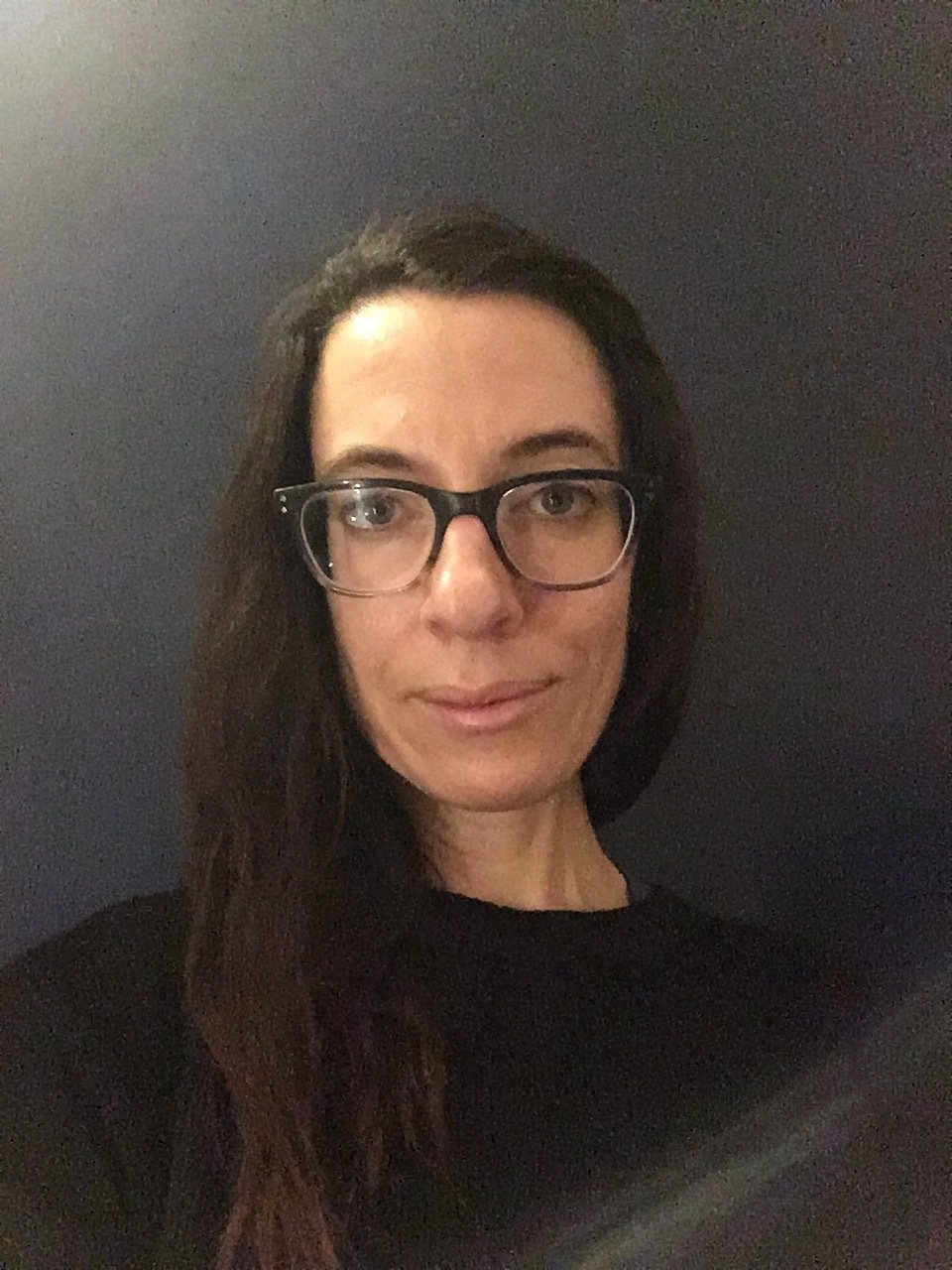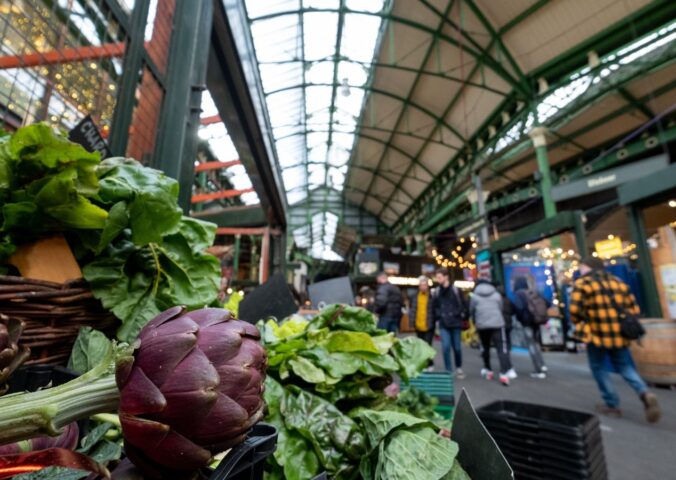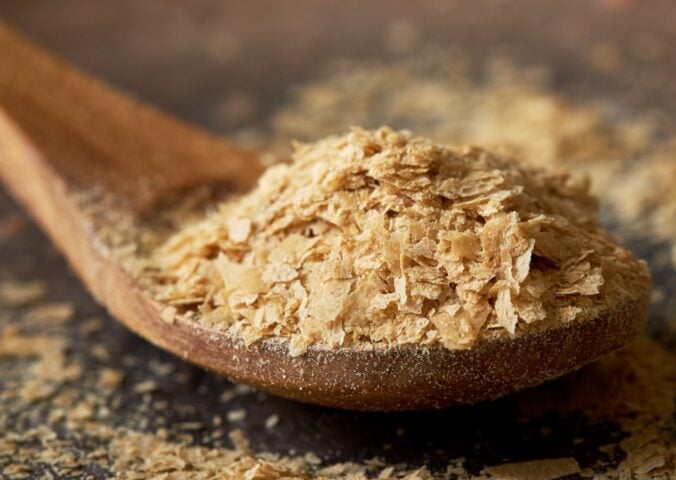Salmon sperm facials made the news last year after Jennifer Aniston told the Wall Street Journal she had tried one. Now the anti-ageing treatment is tipped to become a big beauty trend of 2024.
Injecting sperm into your face sounds gross – though it isn’t actually sperm that’s used. But the bigger problem is the industry behind the trend: salmon farming and fishing.
Here we delve into the dark side of the salmon sperm facial and the problem with using animal products in cosmetics.
What is a salmon sperm facial?
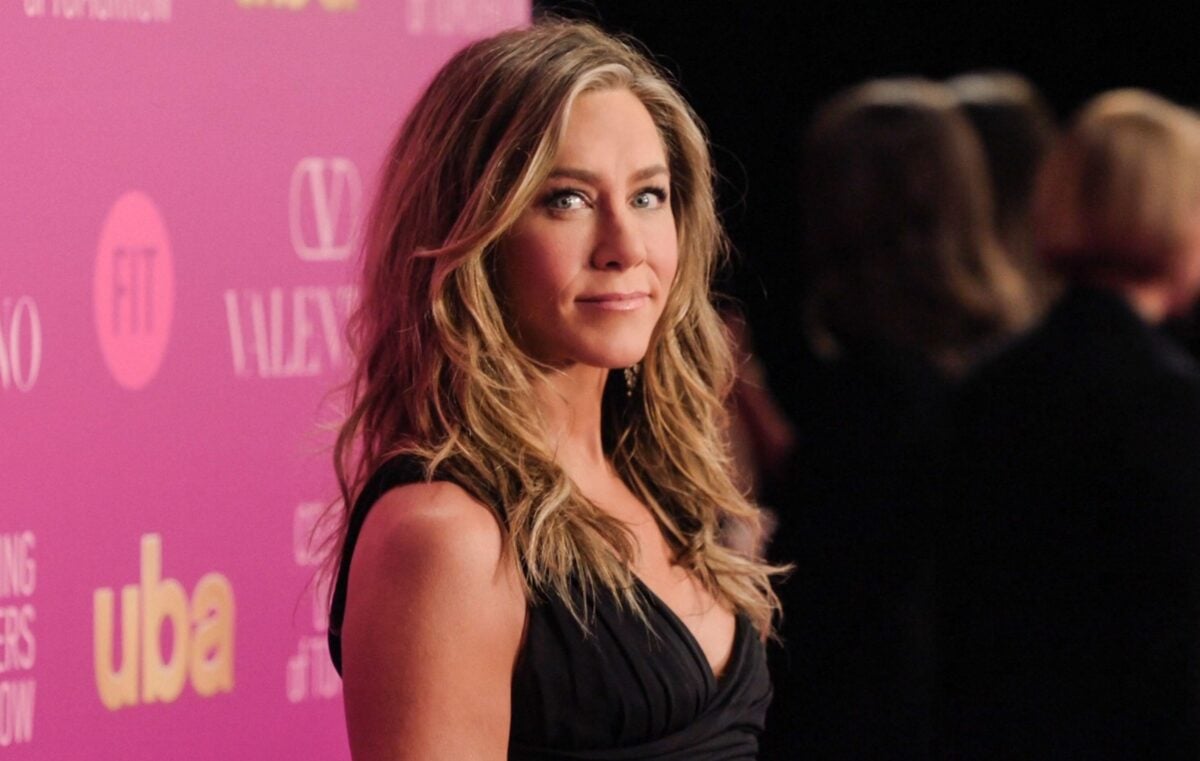
The “sperm” in the facials is actually DNA derived from the sperm of salmon. It’s technical name is Polydeoxyribonucleotide, or PDRN, which is how the ingredient may be labelled on cosmetics products. PDRN refers to several bioactive molecules derived from purified and sterilized DNA taken from salmon sperm.
A treatment involves having PDRN injected into your face using a small needle. It is supposed to stimulate collagen production and help cell renewal. Several sessions are recommended across several months to see results. PDRN is also found in some luxury skincare products like lotions and supplements. The fad originated in South Korea, the home of skincare regimes that have become a global phenomenon known as K-beauty.
There is some research showing that PDRN can help wounds to heal, discovered through animal experimentation. But there have been few human trials to test it’s efficacy for cosmetic or medical purposes.
Where does the sperm come from?
According to Metro, the salmon-derived ingredient in the treatment is a by-product of seafood production. “[R]ather than it being tossed away when wild Alaskan salmon is prepared, instead the beauty industry snaps it up.”
It’s not clear whether the PDRN used by beauty companies comes exclusively from wild Alaskan salmon, or whether some is obtained from farmed salmon. Either way, both industries are deeply problematic, and the use of their by-products by the beauty industry is not as harmless as it sounds.
Taking fishes from the wild
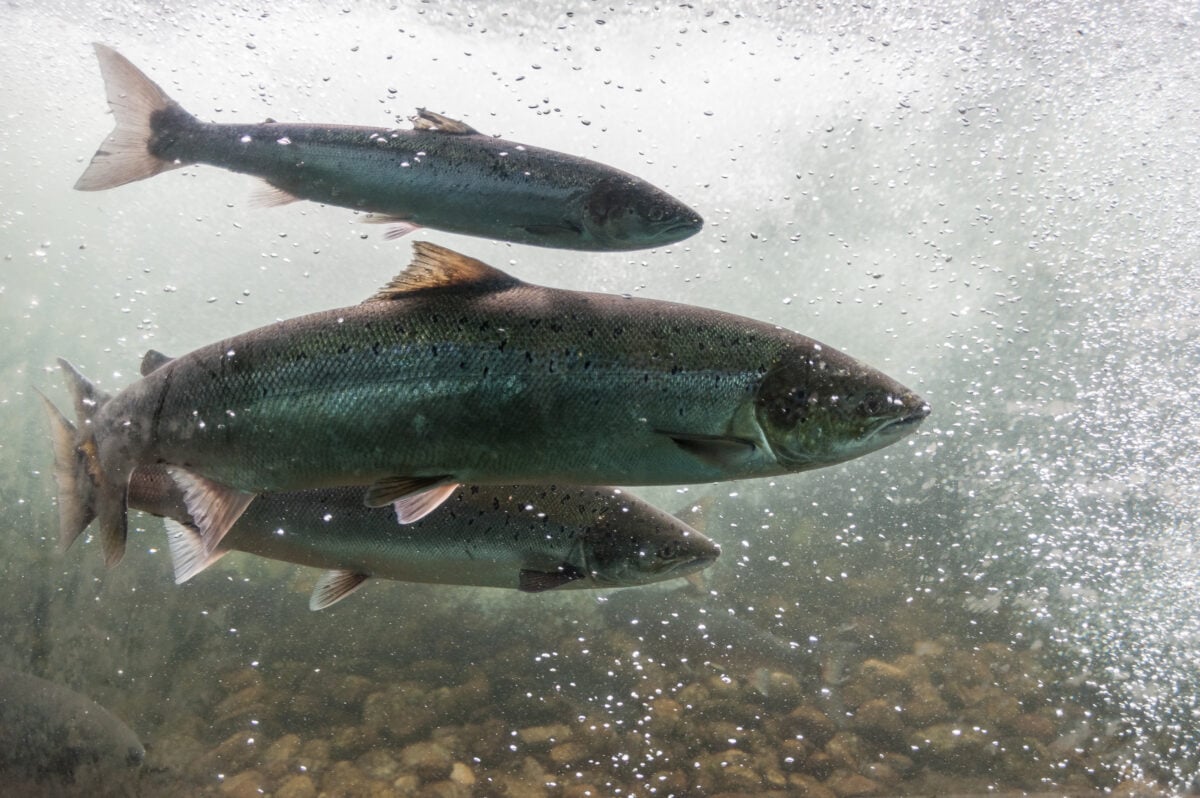
Populations of wild Atlantic Salmon are declining globally, with some communities in crisis. For example, in UK rivers – a breeding ground for the species – populations hit a record low in 2022.
This is despite efforts to conserve Atlantic salmon numbers through fishing exclusion zones being established since the 1980s. The global decline is likely due to illegal and unregulated fishing activity, according to one study. Dammed rivers, warming waters due to the climate crisis, and sea lice proliferating at salmon farms attaching to wild fishes may also impacting the health of wild salmon populations.
Salmon farming
Farming salmon is supposed to help alleviate pressure on wild populations. Most of the salmon sold in supermarkets in the UK come from Scottish farms. Indeed, globally more fishes killed for food now come from farms than from the wild. This makes it seem more likely that the PDRN in cosmetics is currently, or will in future be, derived from farmed salmon (though we don’t know its origins for sure).
Salmon farming has many negative impacts on the fishes and the marine environment. Undercover investigations have shown how farmed salmon suffer from predation, sea lice infestations, and disease outbreaks. Mortality rates on farms have also been rising due to warming waters – a problem only set to get worse in future.
The sea lice infestations on farms are bleeding into wild salmon who swim past the pens of their captive kin. In Scotland, there are plans to establish protection zones for wild salmon to keep them safe from the sea lice outbreaks on farms.
Pollution including waste and pesticides from farms has been rising and wreaking havoc on surrounding ecosystems.
By-products aren’t harmless
Using by-products from the meat, fishing, and farmed fish industries – known as rendering – does not simply reduce waste from those industries. It financially supports them by adding value to their products.
Slaughtering animals for food produces a lot of waste, such as blood, bones, skin or scales, hoofs, intestines, and fish swim bladders. Treating and disposing of it in an environmentally safe way is expensive, which is why animal industries would rather sell it. Development in technology are increasingly enabling them to extract materials from waste and monetize it.
The value that rendering adds to animal industries can lead to the products derived from waste becoming a driver of destructive practices.
For example, bovine collagen, used like PDNR as an anti-ageing treatment, has become extremely popular. In 2023, an investigation by several news organizations uncovered links between collagen supply chains and Amazon deforestation. The booming collagen industry means that, along with leather, collagen makes up an increasing portion of the profit made from cows raised in the Amazon who are killed for beef.
Marine collagen, derived from the skin of fishes, is also becoming popular. It could potentially provide a new revenue stream for seafood companies. Collagen, salmon sperm, and other fish waste products that can be rendered could thus become more of a reason in themselves for slaughtering fishes.
